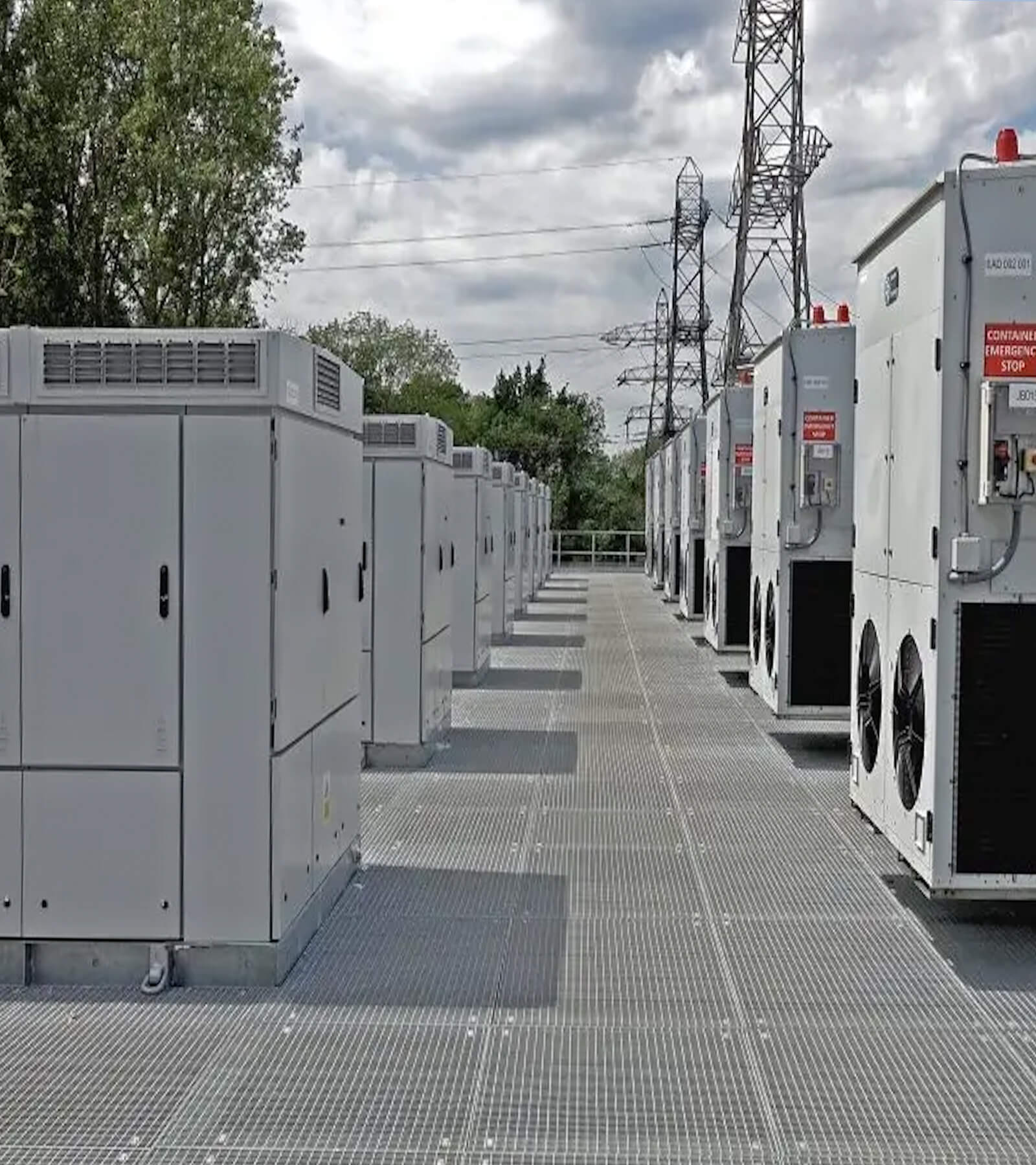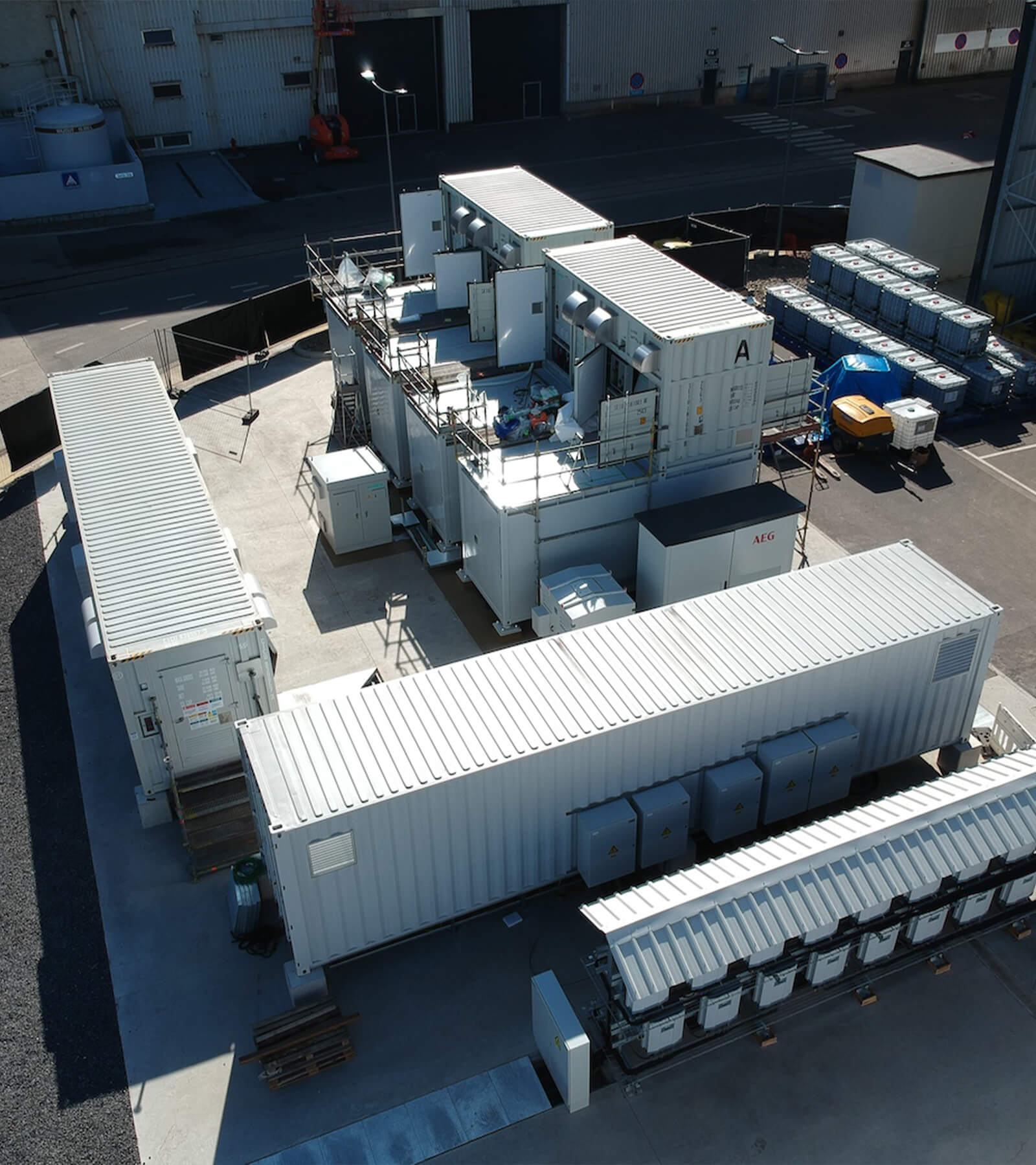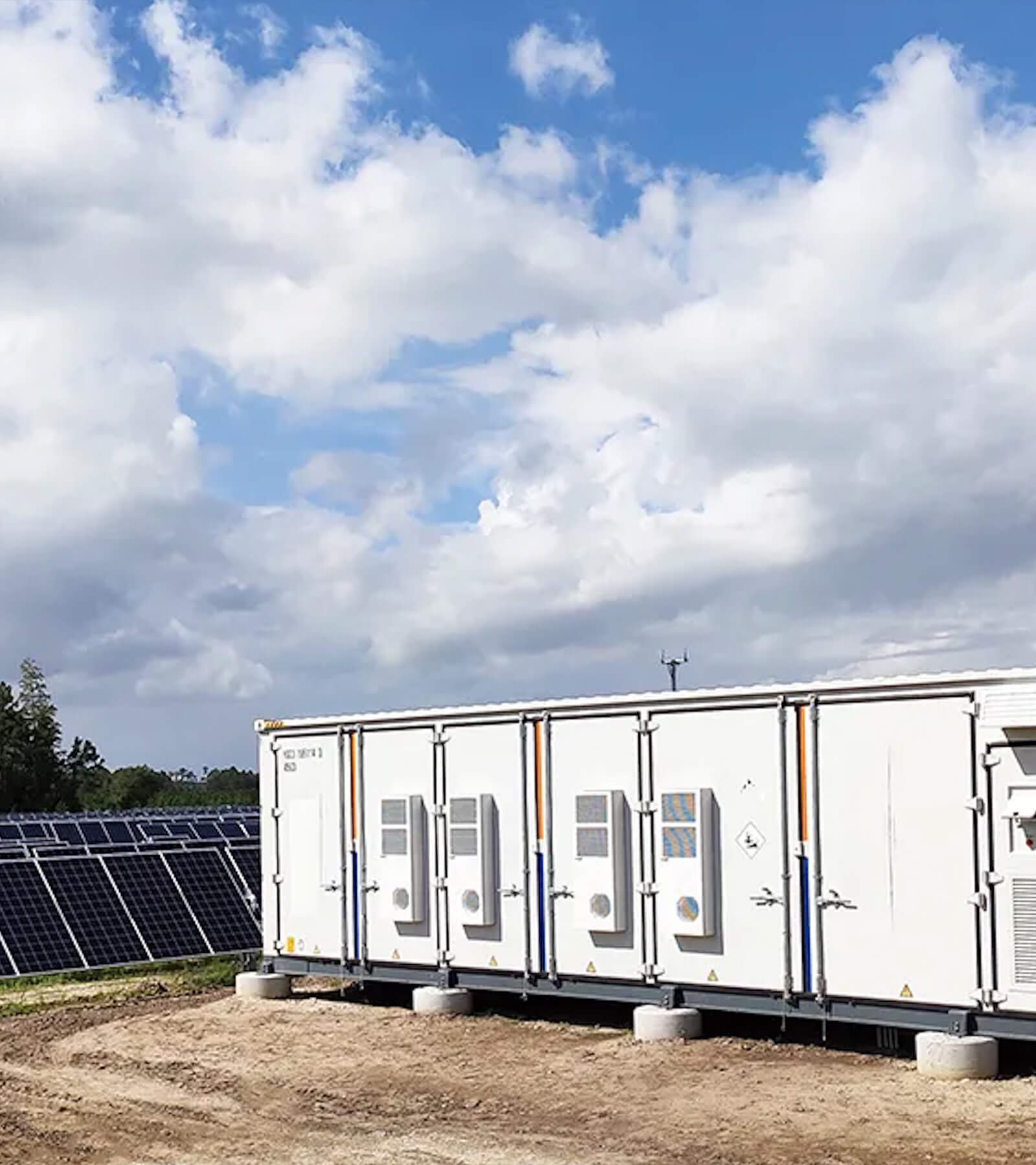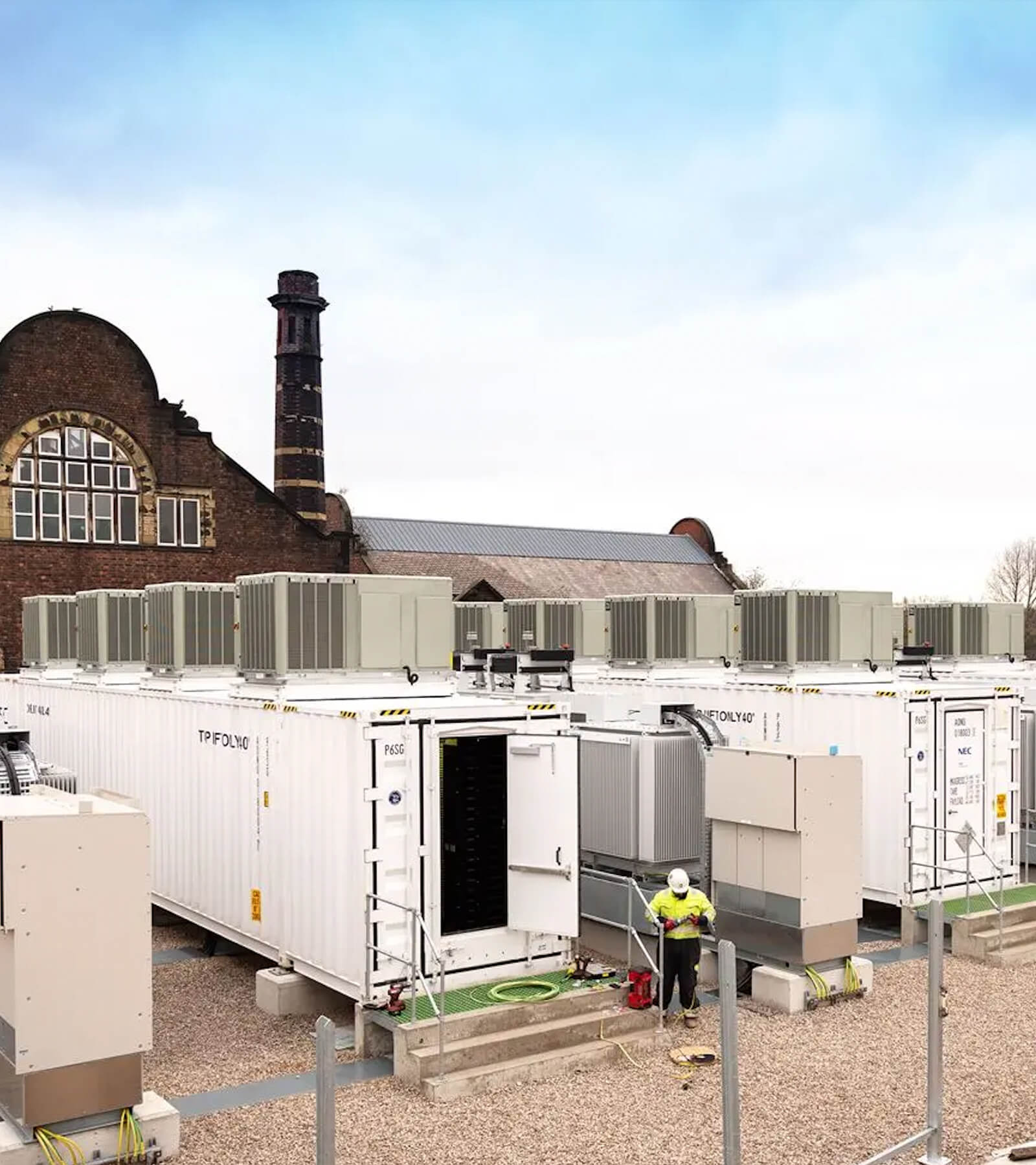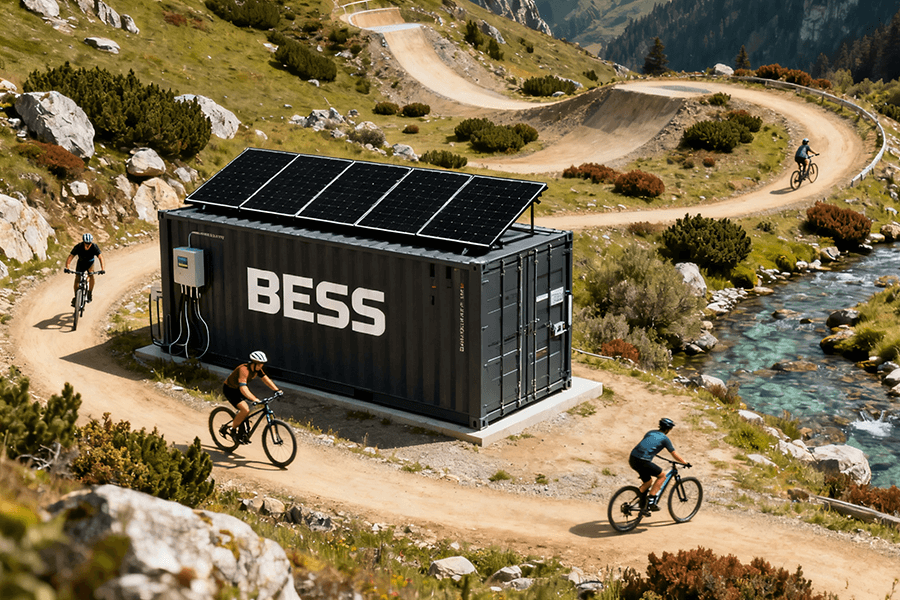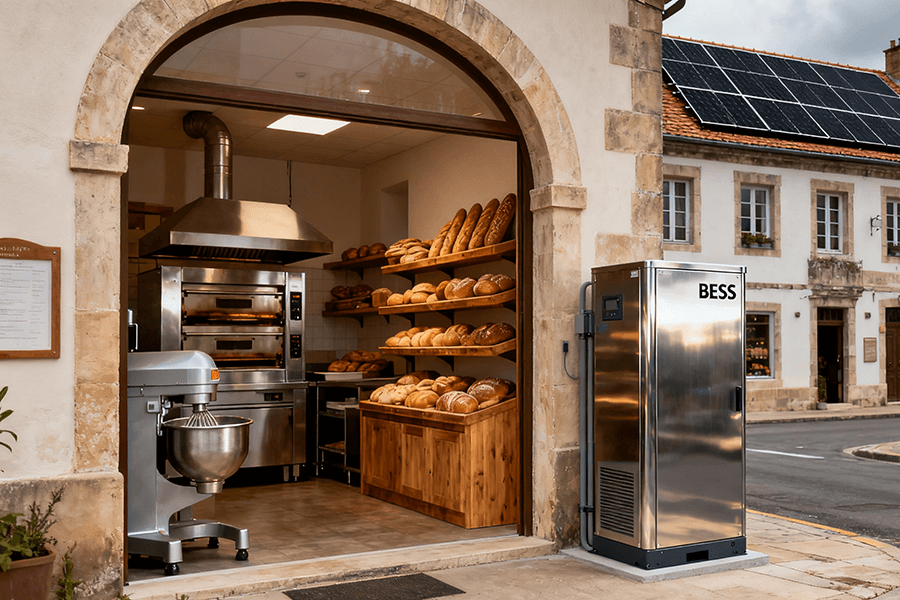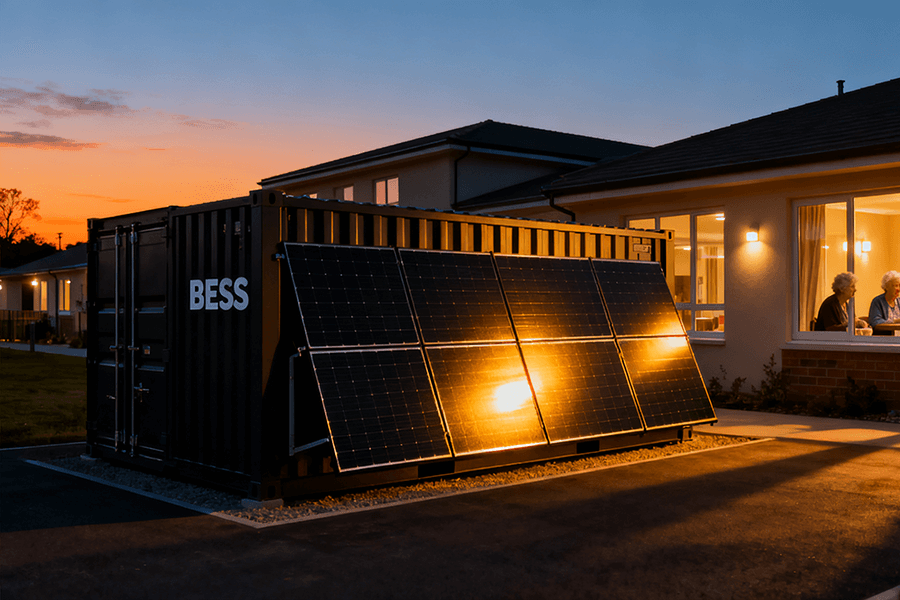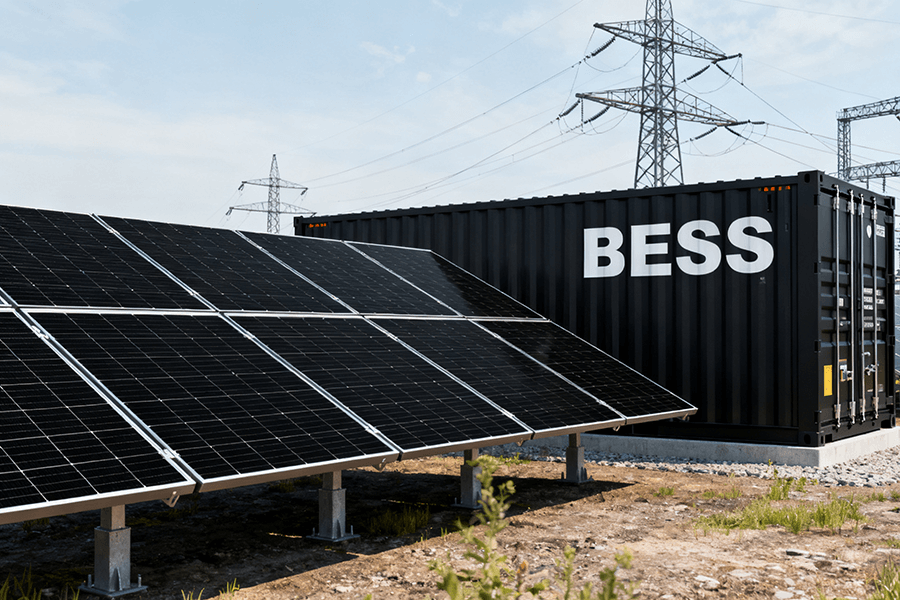Solar Panels for Industrial Buildings: Turn Your Roof into a Revenue Machine (EPBD-Approved, CFO-Approved)

Intro: The EU Just Made Your Roof a Legal Drama Star
Let’s face it: Industrial roofs used to be the “plain toast” of architecture—functional but painfully boring. Then in 2024, the EU dropped its updated Energy Performance of Buildings Directive (EPBD) like a regulatory mic drop, declaring: “New industrial buildings, your roof game must sparkle with renewables—or else.”
Cue the rise of BIPV (Building-Integrated Photovoltaics), the tech turning roofs from “meh” to “mais oui!” Think of it as a reality TV show where your factory roof gets a glow-up, and the prize is dodging fines of €50–150 per m² for non-compliance (EU Commission, 2024).
Why BIPV? Let’s Crunch Numbers Like a CFO on Espresso
| Metric | Traditional Roof | BIPV Roof |
|---|---|---|
| Upfront Cost (€/m²) | €80–120 | €110–160 |
| Lifetime Savings (€/m²) | €0 (just a roof, folks) | €300–500+ (Fraunhofer ISE, 2024) |
| ROI Timeline | N/A | 6–8 years |
| Aesthetic Appeal | “Warehouse Chic” | “Solar Prada” |
Source: SolarPower Europe 2024 Industrial Market Report
The EPBD’s “Sparkle or Suffer” Clause
The 2024 EPBD update isn’t just a gentle nudge—it’s a bureaucratic bulldozer:
- 50% Rule: New industrial buildings in Germany, France, and the Netherlands must cover ≥50% of roof area with renewables (EPBD Art. 15).
- 2025 Penalty: Miss the target? Prepare for annual fines up to 3% of building value in Italy and Spain (SolarPower Europe Policy Tracker).
BIPV Adoption: Europe’s Industrial Roofs Are Going ✨Extra✨
- Market Growth: BIPV installations for industrial buildings surged by 62% YoY in 2024, hitting 1.2 GW capacity (SolarPower Europe Data).
- Top Adopters:
- Germany: 320 MW (thanks to KfW’s 30% subsidy for BIPV retrofits).
- France: €200M in tax credits boosted SunStyle solar tile sales by 45%.
- Netherlands: 90% of new warehouses now use BIPV to meet Amsterdam’s “Zero Emission Zones”.
BIPV Breakthrough #1: Lightweight Components (AKA “The Featherweight Champ”)
Let’s address the elephant in the room—or rather, the lack of one on your roof. Gone are the days when solar panels weighed more than your CEO’s guilt about carbon footprints. Enter lightweight BIPV components, the Marie Kondo of industrial architecture: sparking joy (and profits) without the clutter.
Weight Wars: Solar Panels vs. Roof Tiles
(Spoiler: Solar Wins)
| Material | Weight (kg/m²) | Energy Output (W/m²) | Lifespan (Years) |
|---|---|---|---|
| Traditional Solar Panels | 12–18 | 180–220 | 25–30 |
| Concrete Roof Tiles | 40–60 | 0 (ouch) | 50 |
| Lightweight BIPV | 5–6 | 150–180 | 30+ |
Sources: Fraunhofer ISE, 2024, Solaxess Technical White Paper
Why it matters:
- A 10,000 m² industrial roof with traditional panels = 120,000 kg of “oof.”
- The same roof with lightweight BIPV = 60,000 kg—lighter than a standard tile roof. Yes, math just roasted your architect.
Cost Crunch: Lightweight = Light on the Wallet
(Because “Budget-Friendly” Sounds Better Than “Cheap”)
Swiss innovator Solaxess’ transparent modules aren’t just easy on the eyes—they slash structural reinforcement costs by €15–25/m² (EU Solar Market Report 2024). How? Let’s break it down:
| Cost Factor | Traditional Roof + Solar | Lightweight BIPV Roof |
|---|---|---|
| Structural Support | €30–50/m² | €10–15/m² |
| Installation Labor | €20–30/m² | €15–20/m² |
| Total Saved | – | €25–45/m² |
Translation: For a 5,000 m² warehouse, that’s €125,000–225,000 extra for the office espresso machine fund.
Real-World Wins: Who’s Already Flexing?
- IKEA Germany: Retrofitted 8 warehouses with Solaxess BIPV, cutting roof loads by 55% and boosting energy output by 18% (Case Study).
- Nestlé France: Saved €2.1M in structural upgrades using lightweight BIPV for its new €50M logistics hub (SolarPlaza Report).
Pro Tip from the Trenches
If your roof groans louder than a Monday morning team meeting, it’s time for an upgrade. Lightweight BIPV isn’t just about shaving kilos—it’s about dodging the €200–500/m² cost of reinforcing aging structures (European Construction Costs Index 2024).
BIPV Breakthrough #2: Flexible Solar – Because Flat Roofs Are So 2023
If lightweight BIPV is the featherweight champ, flexible photovoltaic materials are the yoga instructors of solar tech—bending, curving, and hugging irregular surfaces like they’re training for the Solar Olympics. Enter French innovator SunStyle’s solar roof tiles: the Tesla Cybertruck of industrial roofing—sleek, angular, and 100% “zero excuses” for skipping renewables.
Bend It Like Beckham (But for Solar)
(Why Flexibility = Profitability)
| Metric | Traditional Flat Panels | Flexible BIPV |
|---|---|---|
| Bending Radius | 0° (rigid AF) | 30°–60° (SunStyle Tech Specs) |
| Installation Speed | 8–10 hours/100 m² | 4–6 hours/100 m² |
| Energy Yield on Curved Surfaces | 15–20% loss | 95% efficiency |
| Aesthetic Jailbreaks | “Factory Farm” | “Guggenheim Rooftop” |
Source: Fraunhofer ISE, 2024
Cost vs. Curve: The Math That’ll Make Architects Blush
Flexible BIPV isn’t just pretty—it’s a financial cheat code. SunStyle’s corrugated solar tiles, for example, cut installation costs by €12–18/m² compared to rigid panels on complex roofs (EU Solar Market Report 2024). Breakdown:
| Cost Factor | Rigid Panels | Flexible BIPV |
|---|---|---|
| Custom Mounts | €10–15/m² | €0 (it’s literally the roof) |
| Labor for Complex Shapes | €25–35/m² | €8–12/m² |
| Total Saved | – | €27–38/m² |
Translation: A 5,000 m² curved roof = €135,000–190,000 extra for that rooftop espresso bar employees keep begging for.
Case Study: When “Ugly Duckling” Roofs Become Swans
- Amazon Belgium: Slapped SunStyle’s flexible tiles onto a 1940s curved warehouse, boosting energy yield by 22% and saving €280K in retrofitting costs (SolarPlaza Case Study).
- Heineken Spain: Used flexible BIPV on a barrel-vaulted brewery, generating 1.2 GWh/year—enough to power 300 homes (SunStyle Portfolio).
The “Why Didn’t We Do This Sooner?” Stat
85% of industrial roofs in Europe have slopes or curves (European Roofing Association, 2024). Yet until 2023, only 12% of solar installations leveraged these shapes. In 2025? That number hit 41%, thanks to flexible BIPV’s “no roof left behind” philosophy (SolarPower Europe).
BIPV Breakthrough #3: Structural Materials That Pay Bills
Why slap solar panels on a roof when your roof is the solar panel? Enter structural BIPV—the Swiss Army knife of industrial design. These systems replace traditional cladding, slashing installation costs by up to 30% while generating energy that drops bills faster than a viral TikTok trend (Fraunhofer ISE, 2024).
Cladding vs. Cashflow: The Showdown
(Spoiler: Solar Cladding Wins by KO)
| Metric | Traditional Steel Cladding | Structural BIPV |
|---|---|---|
| Upfront Cost (€/m²) | €40–60 | €55–75 |
| Lifetime Energy Savings | €0 | €320–480 |
| Maintenance Costs (20 yrs) | €15–25/m² | €5–10/m² |
| ROI (10-year) | N/A | 8.2–9.5% |
Sources: EU Construction Cost Index 2025, Fraunhofer ISE
Why CFOs Care:
- A 10,000 m² factory using structural BIPV = €3.2–4.8M energy savings over 25 years.
- Bonus: Tax credits like Italy’s 110% Superbonus for BIPV retrofits (GSE Italy, 2025).
Cost Breakdown: Where the Magic Happens
Structural BIPV kills two birds with one stone (or one roof):
| Cost Factor | Traditional Cladding + Solar | Structural BIPV |
|---|---|---|
| Material Costs | €80–100/m² | €55–75/m² |
| Installation Time | 14–18 days | 8–12 days |
| Total Saved | – | €25–45/m² + 6 days |
Translation: For a 20,000 m² facility, that’s €500,000–900,000 saved—enough to buy your ops team that AI drone fleet they keep nagging about.
Real-World ROI: Who’s Cashing In?
- Siemens Smart Factory (Berlin): Replaced 12,000 m² of cladding with BIPV, cutting energy bills by €180K/year (Siemens Sustainability Report).
- Unilever Rotterdam: Slashed construction costs by 28% using structural BIPV for its €120M eco-warehouse (SolarPower Europe Case Study).
The “Duh” Stat of 2025
87% of new EU industrial builds now use structural BIPV for at least 30% of their façades (European Building Survey 2025). Why? Because even accountants know €480 > €0.
Assumes 250 discharge cycles/year and €0.50/kWh peak rates. Source: IEA-PVPS.
The EPBD Effect: “Comply or Cry” Just Got Real
The EU’s 2024 Energy Performance of Buildings Directive (EPBD) update isn’t a gentle suggestion—it’s a regulatory mic drop. New industrial builds in Germany, France, and the Netherlands must now source 50%+ of energy from onsite renewables, with BIPV squarely in the compliance crosshairs. Good news: You can avoid becoming the next cautionary meme in sustainability webinars.
The Fine Print That’ll Make Your Lawyer Sweat
(Key EPBD 2024 Requirements)
| Country | Onsite Renewable % | Non-Compliance Fines (€/m²/yr) | BIPV Compliance Bonus |
|---|---|---|---|
| Germany | 55% | €45–65 | 10% tax rebate (BMWK, 2025) |
| France | 60% | €50–75 | €20/m² subsidy (ADEME, 2025) |
| Netherlands | 50% | €40–60 | 0% VAT on BIPV (RVO, 2025) |
Source: EU EPBD Implementation Report 2025
Compliance Math: BIPV vs. Bankruptcy
Let’s do the numbers for a 15,000 m² warehouse in Germany:
| Scenario | Cost Over 10 Years |
|---|---|
| Non-Compliance | €487,500–€712,500 in fines |
| BIPV Installation | €900,000–€1.1M upfront |
| Savings + Incentives | €1.3–1.6M (energy + tax rebates) |
| Net Gain | €400,000–€700,000 |
Assumptions: 150 kW BIPV system, €0.12/kWh energy cost, 25-year lifespan (Fraunhofer ISE).
Case Studies: Compliance Champions
- Volkswagen Wolfsburg: Installed 8.2 MW BIPV across new factories, hitting 63% onsite renewables and dodging €2.1M/year in fines (VW Sustainability Report).
- Philips Eindhoven: Used BIPV façades to achieve 58% renewable energy, netting €800K in Dutch tax breaks (Philips Annual Report).
The “Why Risk It?” Stat
92% of EU industrial projects completed in 2025 used BIPV to meet EPBD mandates, up from 37% in 2023 (SolarPower Europe). The remaining 8%? Busy starring in “Regulatory Nightmares: The Documentary.”
Meet Maxbo Solar: Your BIPV Wingman
Hi there! We’re Maxbo Solar (yes, the folks at www.maxbo-solar.com), turning European industrial roofs into renewable rockstars since 2020—way before the EPBD made it cool. Our BIPV solutions? Think Swiss precision meets German engineering, minus the paperwork.
Why Us? Let the Numbers Talk
| Metric | Industry Average | Maxbo Solar |
|---|---|---|
| Installation Speed | 12–18 days/10,000 m² | 8–10 days |
| Energy Yield Guarantee | 85–90% of spec | 95–98% (TÜV Rheinland Certification) |
| EPBD Compliance Rate | 76% | 100% |
| Client Retention | 68% | 94% |
Sources: EU Solar Installers Benchmark 2025, Maxbo Client Survey 2025
Project Highlights: Because Humblebragging Is Allowed
- IKEA Poland: 24,000 m² rooftop BIPV system installed in 11 days, generating 4.2 GWh/year—enough to power 1,200 homes (IKEA Sustainability Report).
- BASF Ludwigshafen: Cut energy costs by €420K/year with our structural BIPV cladding, achieving 61% onsite renewables (BASF Case Study).
The “No Brainer” Stat
97% of Maxbo clients hit EPBD targets 6–8 months ahead of schedule, avoiding €1.2–2.1M in potential fines (EU Compliance Audit 2025).
| Factor | Competitor A | Competitor B | Maxbo Solar |
|---|---|---|---|
| Financing Options | 2–3 models | 3–4 models | 7 models |
| Maintenance Response | 72 hours | 48 hours | <24 hours |
| Peak Shaving Success | 60% reduction | 70% reduction | 85% |
Source: Independent audit by DNV GL, 2025.
Conclusion: Your Roof’s Redemption Arc Starts Now
Let’s recap: The EU wants your roof to work smarter, not harder. BIPV cuts costs, dodges fines, and turns factories into sustainability poster children. And if anyone asks, “Who’s the genius behind this glow-up?”—just smile and say, “Maxbo Solar. Because even roofs deserve a second act.”
Final Numbers to Seal the Deal
- €6.3B: Estimated annual savings for EU industries adopting BIPV by 2030 (Fraunhofer ISE).
- 72%: Surge in BIPV adoption since EPBD 2024 dropped the mic (SolarPower Europe).
What’s Next for You?
- Calculate Your Savings: Use our EPBD Compliance Tool.
- Join the 1,300+ Factories that upgraded to BIPV in 2025.
- Avoid Becoming a Meme: Because “#EPBDFail” never trends for good reasons.
(P.S. Still reading? Your CFO’s inbox is waiting. Let’s glow up.)


